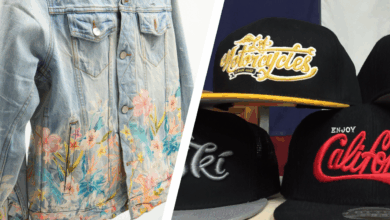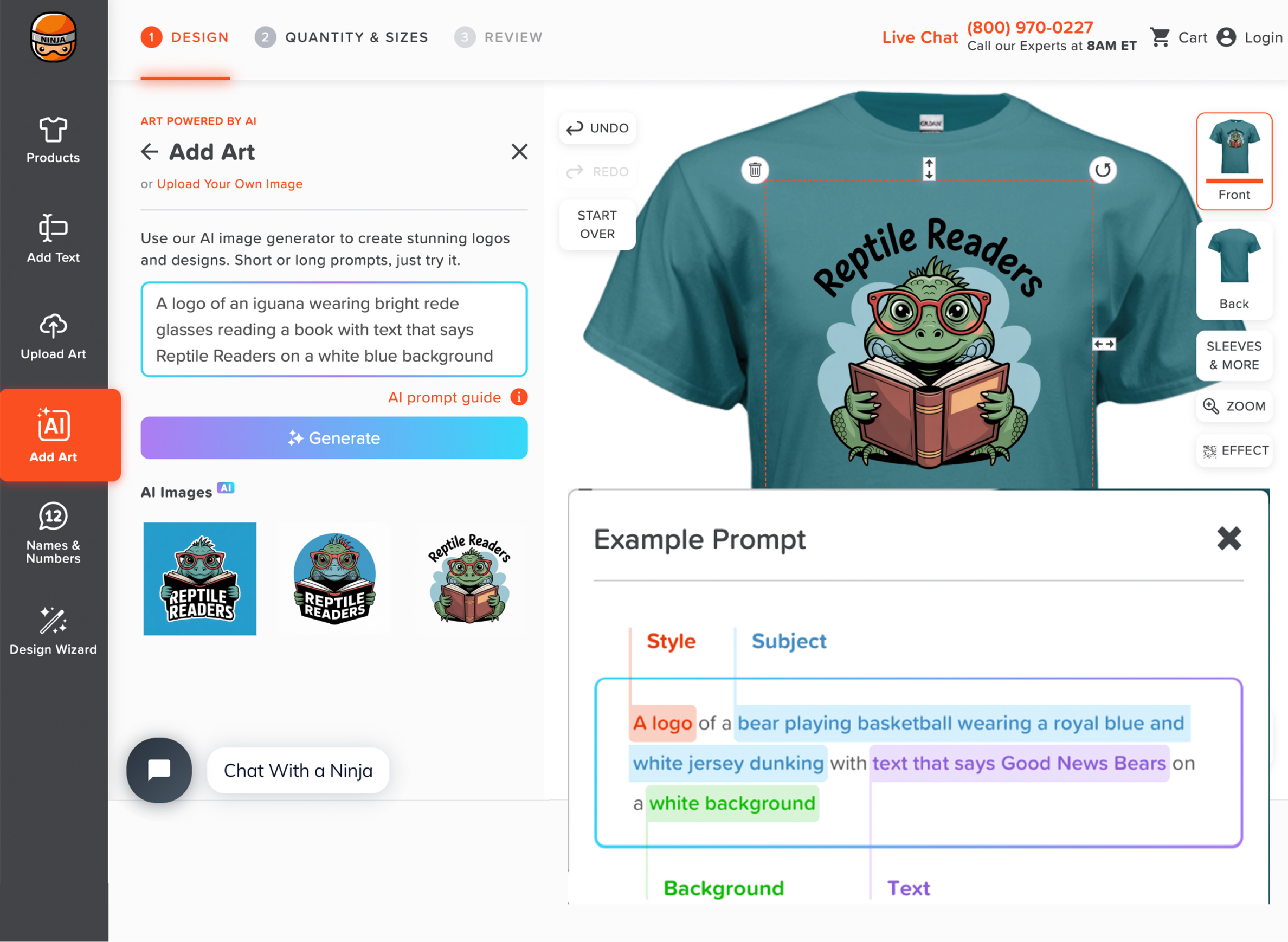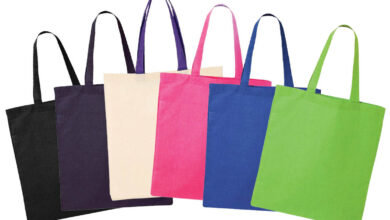What’s New in the Sublimation World
When you happen upon what I call a game-changer for sublimation, you just have to share it. The buzz in the Sublimation for Beginners and Beyond Facebook group, as well as among others, is currently coming from using lamination film to sublimate on uncoated substrates. Yes, you read that right: store-bought lamination film, heat-pressed on wood and other items, and then sublimated.
Imagine using lamination film to coat wood, ceramic, and store-bought canvas for pennies and having a vibrant, stunning look. I watched a video from a fellow subber Jeff Griffith on applying lamination film on a piece of wood. The wheels started turning, and I thought, if it works on wood, it could work on just about anything that could take the heat.
I started experimenting with anything I thought would work—wood, ceramic, canvas, metal, and even a frosted glass candle holder. The substrates that I have had success with using lamination film are the thin wood pieces as well as the thick wood pieces with bark on them, flat canvas panels, uncoated ceramic tiles, and metal pieces.
Using lamination film may not be a solution for everyone, but for those who don’t mind the extra steps and are on a budget, or love to experiment, this is definitely for them.
Someone might wonder what the advantage is of using lamination instead of buying ready-made sublimation substrates. For those who have been looking to get into sublimation but are concerned about the cost of substrates or possibly ruining them, it’s a perfect solution. Though it requires some added steps, you can’t beat it for the price.
Note: if you have white in your image, it will take on the color of the wood or other substrate that you are using.
The lamination film is a two-step process. First, you apply the lamination film on a piece of uncoated wood or other substrate by heat pressing it on and then press your sublimated image.
When applying the lamination film, leave a little extra laminate around the edges to allow for shrinkage and allow enough time for the laminate to cool thoroughly before moving on to the sublimation process. If you press the image while the laminate is still hot, you will have bubbling in the lamination.
Some people have inquired if it is safe to apply lamination to wood. The answer is yes, as the laminate is 100% polyester film.
Another question I receive frequently is, “Would I be able to sell these items?” The answer is a little more complex to give a blanket answer, so I will try and break it down.
In general, sublimated lamination products should be used for decorative display purposes only. For example, the downside to using the lamination film on an uncoated ceramic tile that would be used for a trivet would most likely cause the lamination to bubble when something hot is placed on it. It, therefore, would not be something you could sell. However, if you put that same tile in a frame to display it, you have a sellable item.
The thin woodcuts from Michaels or Hobby Lobby sublimate beautifully, and the image will not peel or scratch off. I bought the flat canvas panels, and thin wood and thicker wood with bark all from Michaels, and the uncoated ceramic tiles and metal pieces from Home Depot. You can get the thin wood and metal pieces from Hobby Lobby.



